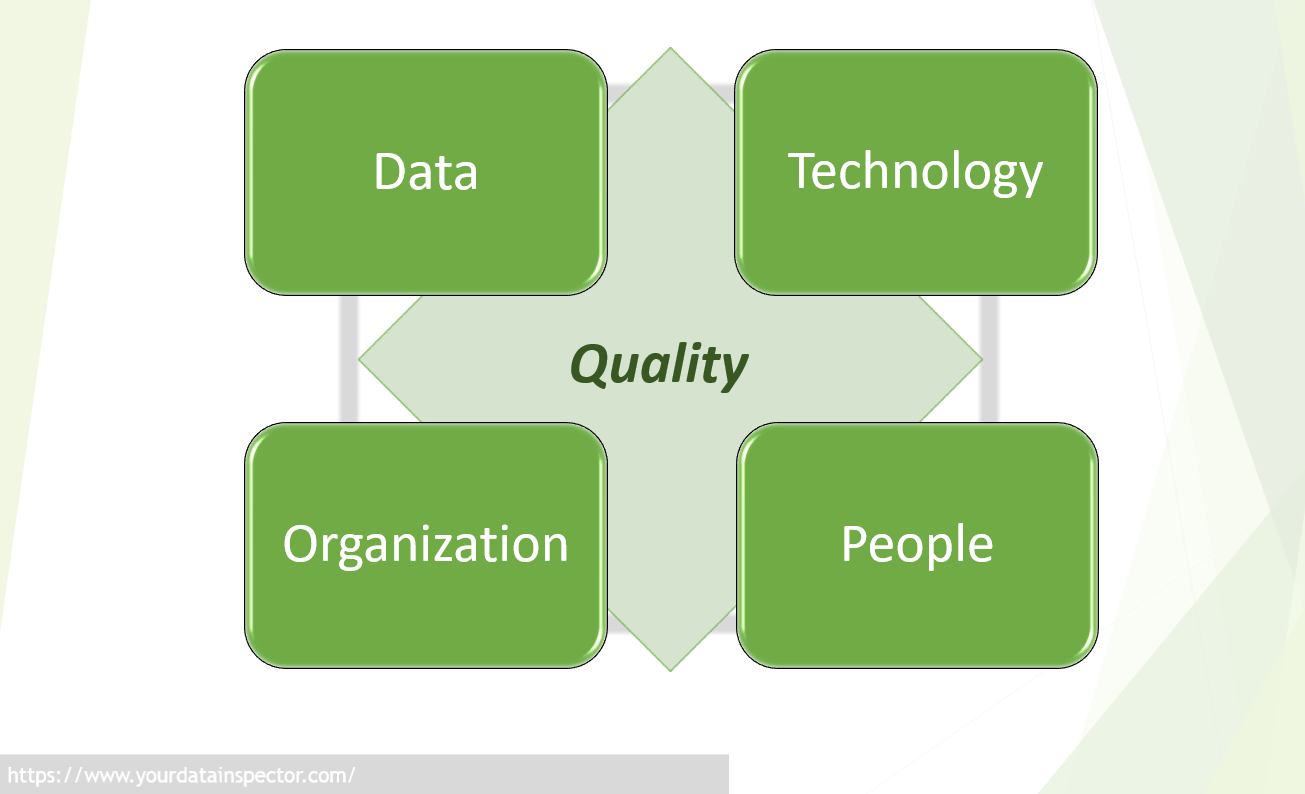This is an opinion piece, sharing our experience with data and how the company views it. The reason we decided to dive into this topic is one popular reference nowadays: “The data is the new oil!”. We wanted to check, if this is just a buzz sentence or there is something to it.
Define assets and how data stacks up
What does this phrase imply? To us, it suggests that the data has the ability to generate positive value for the company. In the context of the firm, something that generates positive value is generally considered an asset. If a firm possesses a stockpile of oil, it will definitely be recorded as an asset because it can reasonably expect future benefits from it. Could the data be treated similarly? If a business that sells services to other businesses make a picture of another company’s office building, could this be an asset? This picture is our example case below. It has the name of a company, its address and the size of their office from which can be inferred the number of people working there for example. Out of it, would be possible to send this marketing material which could lead to a sale. In other words, this picture could generate value. But on the other hand, such ‘data’ (purposefully in inverted commas) is so readily available and accessible that no one doesn’t even need to go out to obtain the same knowledge. There are online resources like company’s website, social media or street view applications that can show the same information. We do not entirely refute the following statement, but our opinion is that “this picture, by itself, cannot be considered as an asset for the company”. Data can become an asset under certain circumstances, and next we explore when this happens.
Data – Technology – People – Organization
Data is data, just a record of an event or condition. In the example above, this picture is just a digital representation of the world. This is our first argument why this picture is not an asset by itself. If it was, then it would be laughably easy to increase the value of the company – just go out and start making pictures of the nearest office park. We are sure the accounting department would not agree though when asked to record these in the balance sheet.
Still however, some organizations could and do consider such pictures as assets, because they expect value for them. For sure, to make this asset even available, technology is required. At first place, a camera is needed to record the image. Then digital storage capability, maybe software to process and analyze the image as well as algorithms to extract the necessary information. All in all, the technology is essential, from the generation of the data to the usage of data.
Another interesting point that our example triggers – what exactly is the data there? The picture itself, the ones and zeros making the digital image, or the information on it – the potential client’s name, address and the size of their office building. The clear answer is that it depends on the activity of the company that will use this image. But the act of choosing which direction to go, is not that easy. At least not for the mainstream technology that the companies use. This is a questions that requires a person to decide what is important, the image itself or the address. Also, people with different skills are also needed to extract the intended value out of this picture. A data entry coordinator can record the company’s name and the address in a database but in very rare cases, this same person would be able to take a full advantage of the image as well. Therefore, an important aspect that will determine if the data could be an asset for the company, is the human capital available to trigger the right actions and events.
The final element, according to us, is the organization. The company can possess data, there might be sufficient technology to utilize it and there are skilled people behind the computers. But if these elements do not work in coherent harmony with the rest of the organization, like marketing, sales or product development for example, no value can come out of this data.
In summary, in order for the data to become an asset it must have all these four elements: Data, Technology, People and Organization. Whether it will be records as an asset in the firm’s books though, is another question entirely.
The role of quality in this model
There is a fifth element in this model still – Quality. Not only in the data but also across all four dimensions. They cannot be just “Yes or No”. It is not just - do we have data or not? Or do we have people or not? In the example above, if the picture is blurred, it might not be able to deliver the value that the company expects. Similarly, if the company expects image processing from their data entry coordinator this data will not deliver the intended value. High quality of these elements will determine if the data actually becomes an asset for the organization.
Wrapping the model
This leads to create a model that might be useful for companies to determine if the data they possess can become an asset, or in another words, they could expect value of it. It is important to mention that this model purposefully ignores the ownership status of the data – both internal or external. It is another topic all together which influences if the data can become an asset but we will leave it for our next blogpost.

